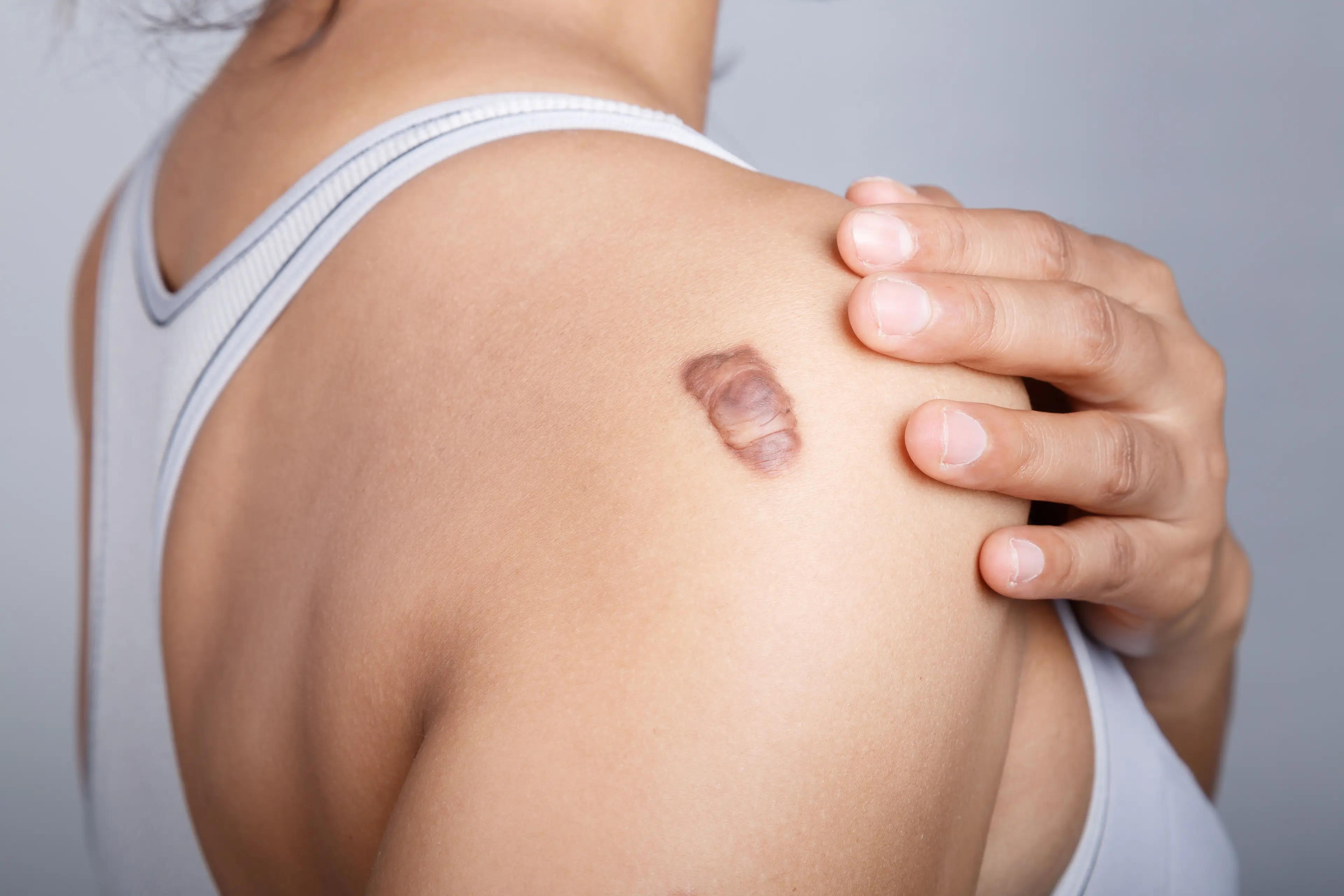- Acne
- Actinic Keratosis
- Aesthetics
- Alopecia
- Atopic Dermatitis
- Buy-and-Bill
- COVID-19
- Case-Based Roundtable
- Chronic Hand Eczema
- Drug Watch
- Eczema
- General Dermatology
- Hidradenitis Suppurativa
- Melasma
- NP and PA
- Pediatric Dermatology
- Pigmentary Disorders
- Practice Management
- Precision Medicine and Biologics
- Prurigo Nodularis
- Psoriasis
- Psoriatic Arthritis
- Rare Disease
- Rosacea
- Skin Cancer
- Vitiligo
- Wound Care
Article
Facing forward: Cleveland Clinic performs first U.S. transplant; ethical concerns remain
Author(s):
Cleveland - Plastic surgeons are welcoming the news of the world's first near-total face transplant - and the first such operation in the United States - performed in late 2008 at the Cleveland Clinic.

Key Points

But ethicists continue to express reservations over face transplantation issues, including patient consent and long-term risks.
Meanwhile, the world's second recipient of a partial face transplant, Li Guoxing, a Chinese farmer mauled by a bear in 2004, died sometime last year, according to published news accounts.
To protect the Cleveland patient's identity, doctors have released few personal details other than the fact that she is a female U.S. citizen who suffered from severe facial trauma and had exhausted conventional reconstruction options.
Preoperatively, the patient had severe deformity of the midface and was missing her right eye, her nose and entire upper jaw, says Francis Papay, Ph.D., chairman of Cleveland Clinic's Dermatology and Plastic Surgery Institute, and a member of the surgical team.
To correct these defects, surgeons transplanted a graft from a brain-dead donor, which included approximately 80 percent of the frontal facial skin, as well as both lower eyelids, cheekbones, the nose and sinuses (except the frontal sinus) and the complete upper jaw, Dr. Papay said at a December 2008 press conference.
The process began with a wee-hours phone call in which team leader Maria Siemionow, M.D., Ph.D., Cleveland Clinic's director of plastic surgery research and head of microsurgery training, learned of the potential donor's availability. Then, Dr. Papay says, "We had to wait the rest of the night to see if (the tissue) was a match."
The team entered the operating room around 5:30 p.m. that same day. Before proceeding surgically, he says, "We wanted to explore the recipient's neck," which had undergone extensive trauma and multiple prior reconstructive surgeries. "We were happy to see that her neck and the vessels in her neck allowed us to proceed."

Exploration
Before harvesting the graft, surgeons also explored the donor's neck to make sure the necessary vessels remained intact, Dr. Papay says.
At 5:10 the following morning, he says, "The donor's facial tissue was brought to the recipient."
By 4:30 p.m. that day, surgeons had transferred the donor's skin, upper and midface muscles and upper lip, plus most of the donor's sinuses, her upper jaw - including some teeth - and her facial nerve, Dr. Papay says.
During the 22-hour procedure's final 12 hours, the entire team was involved in sewing together five vessels and two nerves, with two separate nerve grafts interposed, Dr. Alam says.
"All of the muscles were re-approximated to the appropriate position, and there were numerous areas where the bone of the recipient and the bone of the transplant were plated together," he says.
Because of research that began two decades ago, Dr. Siemionow says, "The procedure went according to plan, and the patient is doing well."

Newsletter
Like what you’re reading? Subscribe to Dermatology Times for weekly updates on therapies, innovations, and real-world practice tips.












